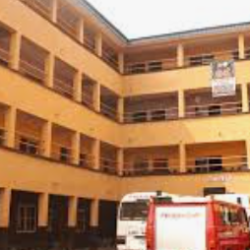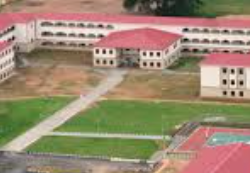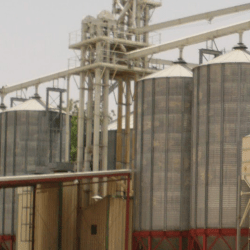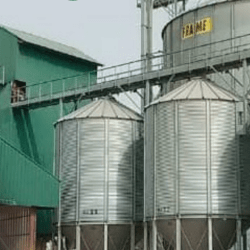In 1987, the Federal Government of Nigeria (FGN) introduced a comprehensive three-tier storage policy as a cornerstone of its efforts to enhance food security and emergency preparedness. This policy, comprising the On-Farm Storage Program, Buffer Stock, and the Strategic Grains Reserve (now known as the Strategic Food Reserve), was aimed at safeguarding against food shortages, supporting vulnerable communities, and stabilizing food prices. Over the decades, this policy has evolved, with expanded storage infrastructure and diversified tools to respond to crises and market demands.
The Three-Tier Storage Policy of Nigeria: A Closer Look
1. On-Farm Storage Program
The On-Farm Storage Program was designed to involve local farmers directly in food security initiatives by enabling them to store a significant portion of their own harvests. Farmers were encouraged to store grains and other produce on-site, reducing post-harvest losses and ensuring they could sell at better prices later, especially during lean seasons.
2. Buffer Stock
The Buffer Stock component tasked State Governments with storing about 10% of total grain production to stabilize food prices and provide a backup during shortages. Although the FGN supported state-level storage initiatives with funds and facility designs, a survey in 2018 indicated that the programme’s effectiveness varied by state, with only a few, such as Niger, Gombe, Kano, Kebbi, and Oyo, successfully maintaining Buffer Stock warehouses.
3. Strategic Grains Reserve (Now Strategic Food Reserve)
The Strategic Grains Reserve, now referred to as the Strategic Food Reserve, is managed by the FGN at a federal level and was established to hold 5% of the nation’s grain production. This reserve serves as an emergency stockpile to support vulnerable populations during crises, such as droughts or economic shocks, and to help stabilize food prices across Nigeria.
Development of Silo Infrastructure Under the National Strategic Grains Reserve Program
To effectively implement the Strategic Grains Reserve, Nigeria initiated the construction of large-scale storage facilities in 1987. The initial phase saw the development of five silo complexes with a capacity of 25,000 metric tons (MT) each, followed by the acquisition of a sixth silo with a capacity of 11,000 MT, resulting in a combined capacity of 136,000 MT. These silos became operational in 1992 and have since played various roles in Nigeria’s emergency response and food stabilization efforts.
Expansion of Silo Capacity
Today, the FGN owns 33 silo complexes with a planned combined capacity of 1.336 million MT upon completion. Additionally, 51 warehouses across the country contribute 108,000 MT to Nigeria’s total storage capacity. These facilities are intended to improve food security and ensure that Nigeria can meet emergency food demands effectively.
Tools and Mechanisms Employed for Food Security and Price Stabilization
The FGN has used various mechanisms alongside physical storage to manage food security, stabilize prices, and provide relief during crises. Some of the prominent tools are as follows:
- Buyer of Last Resort (BLR):
The Buyer of Last Resort mechanism allows the government to purchase surplus produce from farmers when market prices are low, thereby providing a safety net for producers. This practice helps stabilize prices by controlling the supply in the market, especially during peak harvest seasons. - Licensed Buying Agents (LBA):
Licensed Buying Agents serve as intermediaries between the government and farmers. These agents help procure agricultural produce for storage, ensuring that farmers have an accessible market and that the FGN can maintain reserve levels without direct intervention. - Guaranteed Minimum Price (GMP):
The Guaranteed Minimum Price policy is designed to protect farmers by assuring them a minimum price for their produce. This tool safeguards farmers from price volatility and encourages higher production by ensuring a baseline income, regardless of market fluctuations. - Direct Contract (DC):
Through Direct Contracts, the government can procure specific quantities of food items directly from producers, cooperatives, or suppliers. This approach enables the FGN to acquire necessary food reserves rapidly during times of need. - Other Approved Procurement Procedures:
In addition to the tools above, the government employs various procurement procedures to acquire food supplies for the reserve. These include bidding processes and negotiated agreements to ensure that food stock is procured efficiently and cost-effectively.
Impact and Challenges of Nigeria’s Food Reserve Policies
The FGN’s three-tier storage policy and associated procurement mechanisms have had significant impacts on food security and market stabilization in Nigeria. The Strategic Food Reserve has been instrumental in providing relief during natural disasters, conflicts, and economic crises, ensuring a stable supply of essential foodstuffs for vulnerable communities. Additionally, the Guaranteed Minimum Price and Buyer of Last Resort policies have helped to protect farmers’ incomes, promote agricultural productivity, and maintain stable food prices across the country.
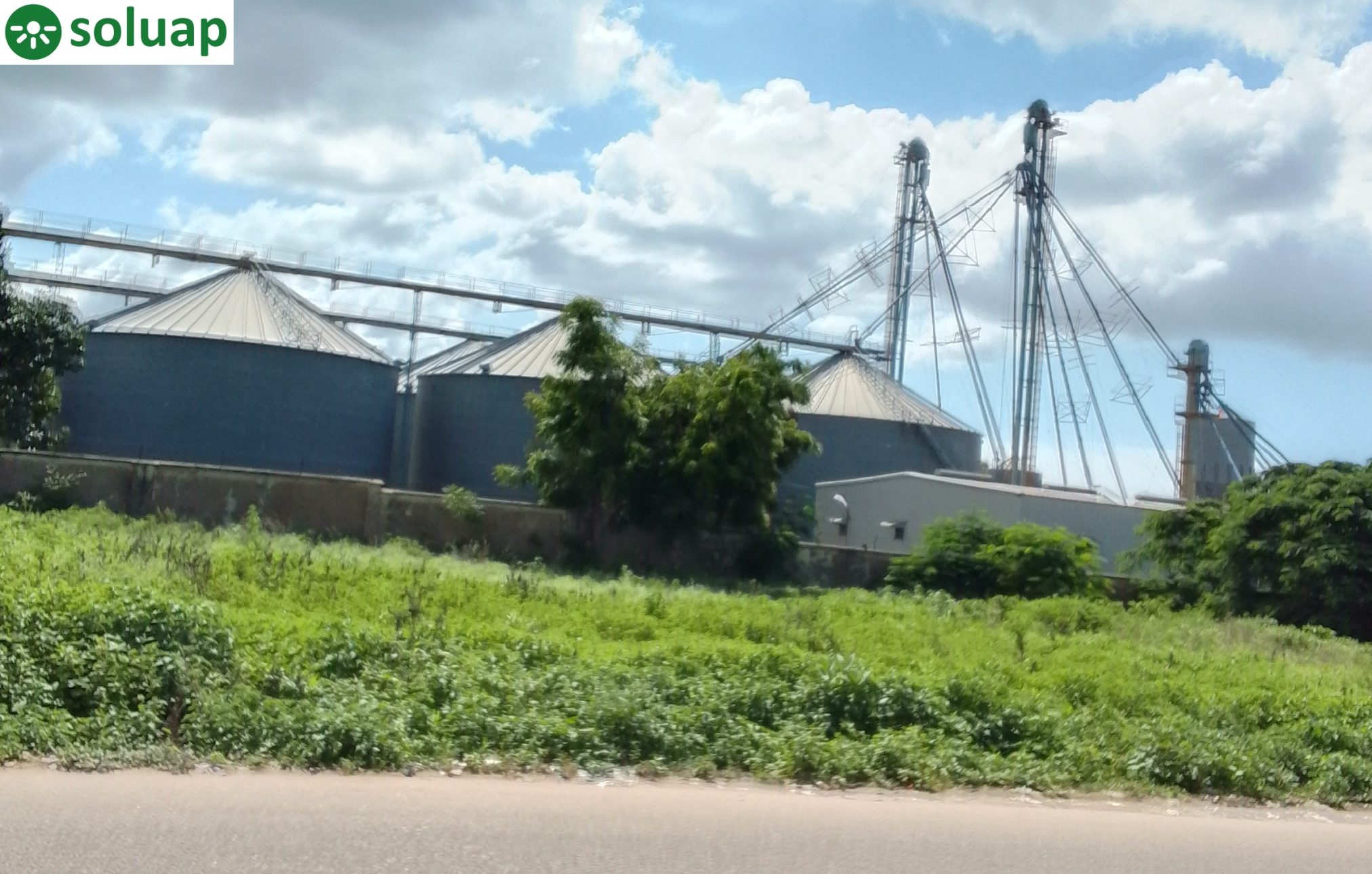
However, the implementation of the programme has not been without challenges. Inconsistent state-level participation, political constraints, and funding limitations have affected the Buffer Stock Programme’s success. Additionally, maintaining the large infrastructure required for silos and warehouses is costly, and some storage facilities require updates to accommodate modern storage needs.
| 1 | Silo Location | Storage Capacity (Metric Tonnes) | Year of Completion |
| 2 | Ilesha, Osun State | 25,000 | 2015 |
| 3 | Minna, Niger State | 25,000 | 1991 |
| 4 | Dutsin-Ma, Katsina State | 25,000 | 2013 |
| 5 | Gusau, Zamfara State | 100,000 | 2014 |
| 6 | Yola, Adamawa State | 25,000 | 2016 |
| 7 | Lokoja, Kogi State | 25,000 | 2019 |
| 8 | Lafia, Nasarawa State | 25,000 | 2017 |
| 9 | Bauchi, Bauchi State | 25,000 | Completed but suffered windstorm damage |
| 10 | |||
| 11 | Ilorin, Kwara State | 25,000 | Under rehabilitation |
| 12 | |||
| 13 | Irrua, Edo State | 25,000 | Operational, rehabilitated but not test- run |
| 14 | |||
| 15 | Maiduguri, Borno State | 100,000 | Over 90% completed. Work stalled due to insurgency |
| 16 | Uyo, Akwa Ibom State | 25,000 | Over 90% completed |
| 17 | Jalingo, Taraba State | 25,000 | Over 80% completed but suffered civil disturbance damage |
| 18 | Okigwe, Imo State | 100,000 | 70% |
| 19 | completed | ||
| 20 | Damaturu, Yobe State | 25,000 | Over 70% completed, work stalled due to activities of insurgence. |
| 21 | Yenagoa, Bayelsa State | 100,000 | Construction stalled due to topographical problems |
| Total | 700,000 |
Strengthening Nigeria’s Strategic Food Reserve for the Future
The Food Strategic Reserve Programme represents Nigeria’s proactive stance toward ensuring food security and stability in a volatile global food market. While the programme has faced implementation challenges, it continues to play a vital role in addressing emergency food needs and supporting market stability. Strengthening this programme through better funding, technological improvements, and robust policy support will be crucial for Nigeria to meet its food security goals and support its growing population effectively.
By enhancing state-level collaboration, investing in advanced storage facilities, and expanding the role of private-sector partners, Nigeria can build a more resilient food reserve system. With these steps, the country can improve its ability to mitigate food crises, support local farmers, and ensure food availability for all Nigerians.


